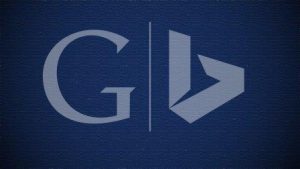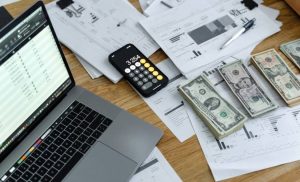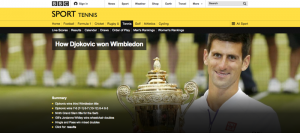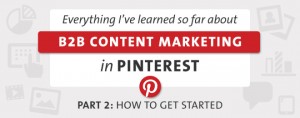The tech community loves to use a variety of adjectives and nouns to describe its talent: the “A” Players, 10Xers, rockstars, ninjas, game-changers, world-class, etc. All of these descriptors denote great people make great companies.
In an HBR article, Michael Schrage from MIT says, “great players bring multiplicative abilities rather than additive competence to their efforts and initiatives.” This is magnified when a multifaceted hire joins an early stage startup. At a smaller company, a single hire can change the trajectory of the business and be a competitive advantage. This exceptional teammate helps other team members perform better, increases the velocity of the business, and assists to recruit other exceptional candidates.
For example, at early stage startups, a great designer can have a multiplicative impact .
While many in the tech community talk about the value of the full-stack or 10X engineer, not enough conversation has been dedicated towards the importance of a full-stack or 10Xdesigner. Here’s why such a conversation is necessary:
1) Today’s startup designer does much more than just make things pretty.
A full stack designer takes a project from concept to completion, and handles everything in between. Hiring the right full-stack designer at your startup can completely change its trajectory.
When we first started Pixlee, we were lucky to have a full-stack designer on our founding team, and his diverse skill-set help many aspects of our business. As he likes to put it, “Designers make product look beautiful, where full stack designers solve the whole problem.”

Similarly, this graph by Ran Segall, the cofounder at The nuSchool, best illustrates the many different aspects of the business where a designer can be involved. A great designer is incredibly important in the product development cycle (i.e., UX research, UI design, front-end development), but they can also play a role in more outward-facing aspects of the business, including marketing assets and monetization plans.
2) Full-stack designers equate to faster product development.
When a designer takes customer research and turns feedback into a high-fidelity mock, it speeds up the product feedback cycle within a company. However, when a designer takes a mere concept and turns it into product, the entire product development cycle is sped up — which in turn has the potential to speed up the growth of the company as whole. The best full-stack designers assess initial research, create a full design and prototype, and then code the HTML, CSS, and front end. The result is a more consistent experience for the end user.
On the flip side, one of the most common challenges that slows down the product development cycle is when design isn’t implemented as expected. The best way to communicate across this gap is by showing, not telling. Designers who make sure their final design is translated over to HTML and CSS in a pixel-perfect manner remove a lot of the back-and-forth between designer and engineer. In addition, the designers who do the user research and can code have a more realistic expectation of what is feasible to develop. As a result, the end outcome has a much more consistent user experience from mock to product.
3) Great designers make the business team better.
Designers at an early stage startup aren’t just building the product, they are designing the brand, which is an important business asset. During our early days, our full stack designer wasn’t just involved in the product development; he made our website, email templates, pitch decks, and more.
In today’s digital society, great design is a tool for great marketing.
When you’re an early-stage company, design shapes your brand’s appearance. A great looking product and marketing collateral helps your company pass the initial eye test and build credibility. A strong designer can impact the look and feel of the product and collateral including website, sales presentations, social media pages, and other content marketing initiatives. These materials can be extremely useful and help you compete against larger and most established players.
4) Great designers can be a recruiting tool.
It is common for skilled designers to want to work with other designers of similar talent who they can learn from.
Accomplished engineers want to work with expert full-stack designers because they know they will spend less time iterating final designs and CSS, and more time building product. Likewise, accomplished product managers also want to work with expert designers because they can iterate and get feedback on their product faster. And same for salespeople: they want to sell products they believe in and customers love. Since design touches so many aspects of your organization, having a talented designer is a very high leveraged role.
Quantitative years of design experience shouldn’t be the sole criteria for finding a full-stack designer, as audiences and markets are constantly changing and evolving in every direction. Other elements to hiring a full stack designer include a passion for design and customer experience, ability and willingness to learn, and empathy for the end user. As with any role at a startup, being a strong individual contributor doesn’t always make you a standout teammate.
At an early stage startup, it is possible everyone is overworked and understaffed. A great full-stack designer won’t completely solve these problems, but they can go a long way towards helping resolve them. A designer who can take something from concept to finish will make your product development more efficient, improve the marketing and sales functions, and recruit other great employees at your company.
This article was original posted on Forbes.
Digital & Social Articles on Business 2 Community(164)






